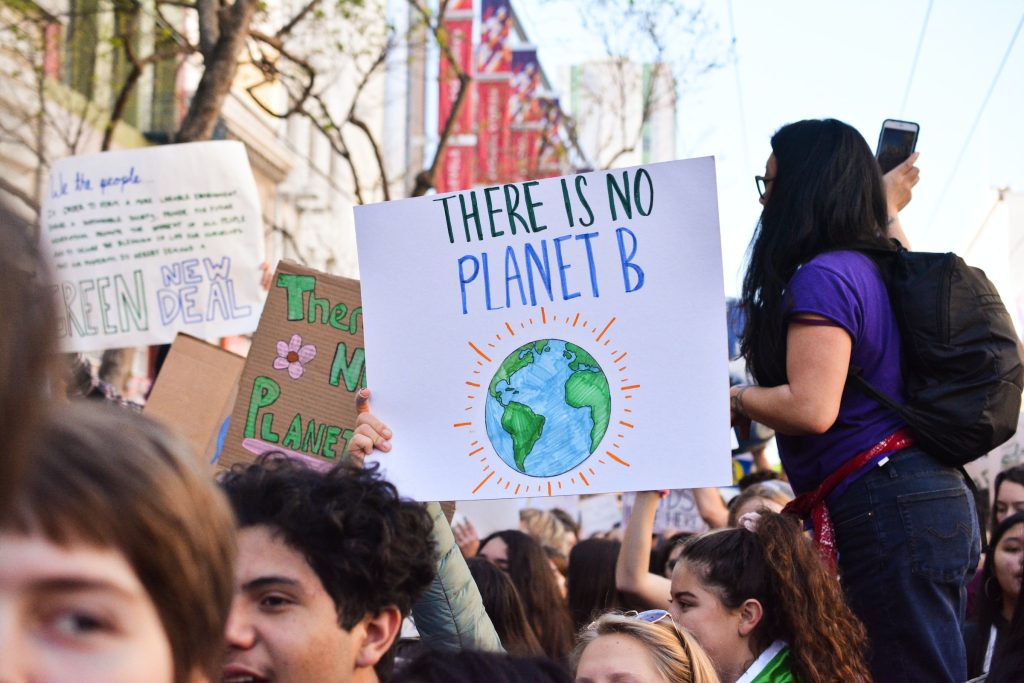
Climate on the Edge: Three Consecutive Months of Record-Breaking Heat Forebode an Escalating Crisis
The crescendo of global warming reached a deafening volume this year. In an alarming revelation, the National Oceanic and Atmospheric Administration (NOAA) announced that August has eclipsed all of its predecessors to become the hottest August in its 174-year history of record-keeping. This sweltering milestone, registering a temperature surge of 2.25 degrees Fahrenheit above the 20th century average, was not an isolated incident: June and July had already set scorching records of their own.
Karin Gleason, a NOAA climatologist, highlighted the gravity of the situation, noting, “We certainly are setting records that are significantly larger.” The ramifications of this surge in temperature have been manifold, with the Northern Hemisphere baking through its most torrid summer and the Southern Hemisphere enduring an unprecedentedly warm winter. Moreover, the incessant warming of global sea surfaces has smashed records for five consecutive months.
The U.S., despite recording its ninth-hottest August, bore witness to extraordinary heat in states such as Florida, Louisiana, and Mississippi, all of which grappled with their hottest Augusts ever.
However, it’s not just the oppressive heat that has raised alarms. The confluence of soaring temperatures and disturbed climatic patterns spawned 19 named storms worldwide in August, with a disproportionately high eight acquiring the strength of tropical cyclones. Remarkably, the Atlantic Ocean alone birthed six of these storms, including two hurricanes—figures significantly higher than typical occurrences for the region.
The costs—both economic and human—of these climate-induced anomalies have been staggering. The U.S. confronted 23 distinct weather and climate events in 2023, each inflicting damages exceeding a billion dollars, even after adjusting for inflation. This figure stands as the most catastrophic financial blow from natural disasters in a single year. The horrifying aftermath of the Category 3 Hurricane Idalia that battered Florida and the devastating wildfires in Hawaii, which claimed 97 lives, further underscore the urgency of this escalating crisis.
In a first for Southern California, the region found itself under a tropical storm watch, courtesy of Hurricane Hilary, in late August. In a grim testament to the extremity of these conditions, some areas recorded more rainfall within a mere 48-hour window than they typically receive in an entire year.
Complicating our understanding of these phenomena is the nuanced impact of climate change on storm formation. While shifting wind patterns might result in slightly fewer tropical storms, those that do emerge will harness the energy of increasingly warm oceans, intensifying rapidly—sometimes within hours. The likelihood of storms escalating to Category 3 or beyond, as demonstrated by Idalia, is growing.
The unsettling question on everyone’s mind: What’s next? According to NOAA, 2023 is poised to either surpass or closely trail 2016 as the hottest year ever recorded by humanity. The onset of El Niño conditions, notorious for releasing additional heat and being linked to warmer years, only adds to the grim forecast.
As Ms. Gleason elucidated, “We expect the heat to continue for the rest of 2023.” She further warned of the possibility of 2024 eclipsing even the extreme temperatures of 2023, contingent on the duration of El Niño combined with the relentless global warming trajectory.
As the world grapples with these unsettling records and predictions, they serve as a clarion call to address the most significant existential challenge of our time: climate change. The recent spate of records is a stark reminder that we might be running out of time.
©eco-guardians.org